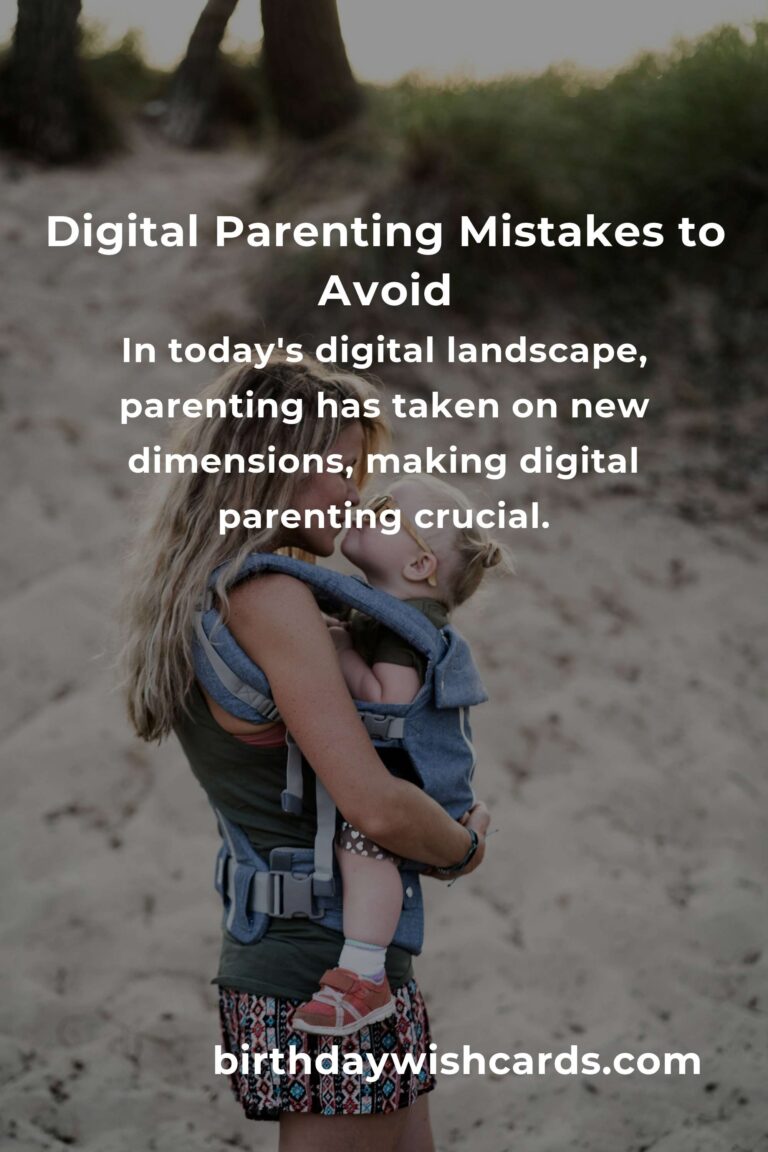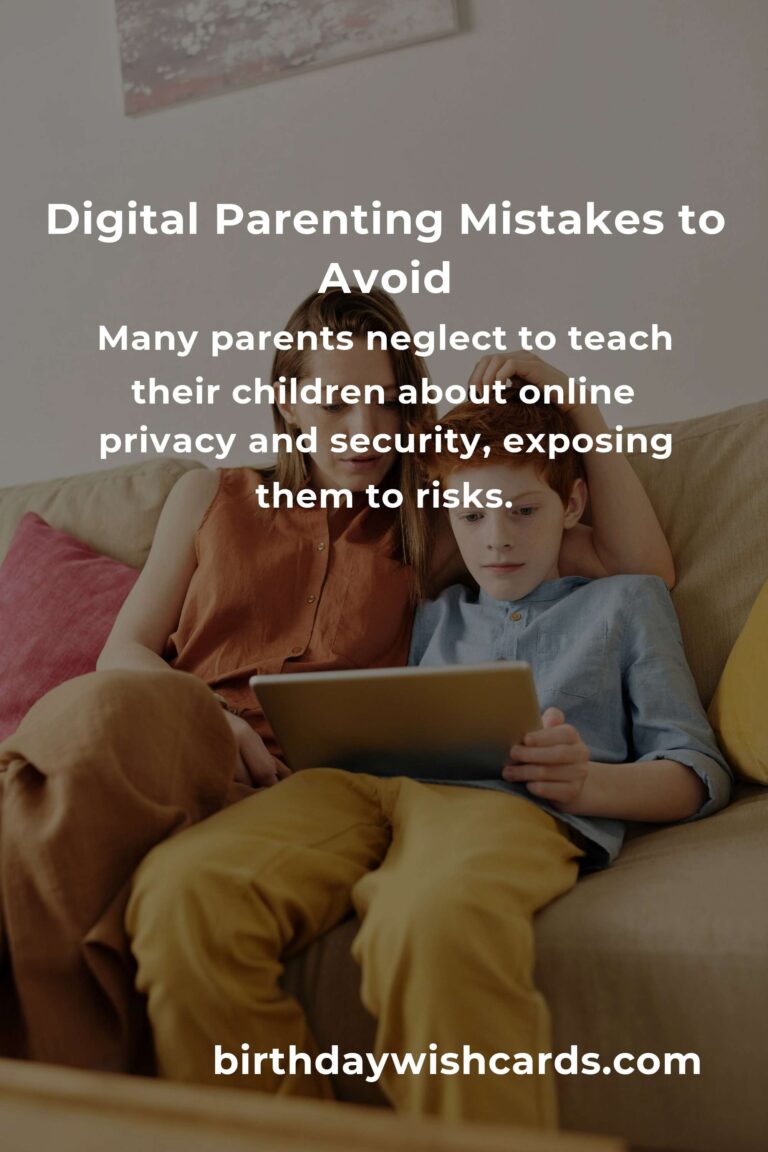
In today’s rapidly evolving digital landscape, parenting has taken on new dimensions. The advent of technology affects how children learn, communicate, and entertain themselves. As a result, digital parenting has become crucial. However, many parents inadvertently make mistakes when managing their children’s online activities. This article explores common mistakes in digital parenting advice and offers tips on how to avoid them, ensuring a safer online experience for your children.
1. Overlooking the Importance of Open Communication
One major mistake parents make is failing to establish open communication with their children about technology use. Without open dialogue, children may feel the need to hide their online activities, which can lead to dangerous situations.
Solution: Encourage your children to talk about their online experiences. Create a safe space for them to share their concerns, and be proactive in discussing the potential risks and benefits of technology use.
2. Setting Inconsistent Rules and Boundaries
Inconsistency in setting rules for technology use is another common mistake. Children need clear guidelines to understand what is expected of them, and inconsistency can lead to confusion and misbehavior.
Solution: Establish consistent rules and boundaries regarding screen time and online behavior. Ensure these rules are age-appropriate and adapt them as your children grow and their needs change.
3. Ignoring Online Privacy and Security
Many parents neglect to teach their children about online privacy and security, exposing them to risks such as identity theft and cyberbullying.
Solution: Educate your children about the importance of keeping personal information private. Teach them to recognize suspicious activity and how to respond appropriately.
4. Allowing Unsupervised Internet Access
Unsupervised internet access is a significant risk, as it can lead children to inappropriate content or interactions.
Solution: Monitor your children’s online activities and utilize parental controls to restrict access to unsuitable content. Encourage the use of internet-connected devices in common areas of the home.
5. Failing to Model Good Digital Behavior
Children often mimic the behavior of their parents. If parents exhibit poor digital habits, their children are likely to follow suit.
Solution: Be a positive role model by demonstrating responsible digital behavior. Set a good example by limiting your own screen time and prioritizing face-to-face interactions.
6. Not Staying Informed About New Technologies
Technology evolves quickly, and parents who do not stay informed may struggle to manage their children’s digital experiences effectively.
Solution: Stay updated on the latest technological trends and platforms popular among children. This knowledge will help you guide your children in making safe and responsible choices online.
Conclusion
Digital parenting is a challenging but essential responsibility. By avoiding these common mistakes and implementing effective strategies, you can help ensure a safer and more positive online environment for your children. Remember, open communication, consistent boundaries, and continuous education are key components of successful digital parenting.
In today’s digital landscape, parenting has taken on new dimensions, making digital parenting crucial. One major mistake in digital parenting is failing to establish open communication about technology use. Inconsistency in setting rules for technology use can lead to confusion and misbehavior. Many parents neglect to teach their children about online privacy and security, exposing them to risks. Unsupervised internet access can lead children to inappropriate content or interactions. Parents should model good digital behavior as children often mimic their actions. Staying informed about new technologies is essential for effective digital parenting.
#DigitalParenting #OnlineSafety #ParentingTips #ChildSafety #TechSavvy













